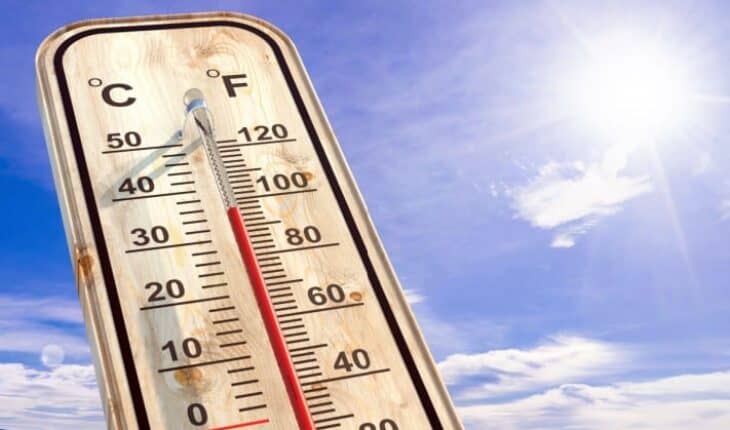When temperatures rise, appetite decreases: Neuronal circuit for reduced feeding at high temperatures decoded.
This can be observed after a winter sauna visit as well as on a midsummer day outdoors. There is scientific evidence that feeding is reduced when we are acutely exposed to heat. However, the exact reasons for this were previously unknown. An international research team led by MedUni Vienna has now described for the first time the neuronal signalling pathway that reduces feeding upon heat exposure. Their findings could provide potential targets for the development of new treatments for obesity and anorexia, and have been published in the leading journal “Nature”.
As the investigations in the mouse model showed, the signalling cascade starts in the parabrachial nucleus, the “thermostat in the brain”, which is responsible for the primary sensing of temperature changes. “We observed the activation of a group of specialized nerve cells in the brains of mice that were exposed to 40 degrees Celsius for one hour,” reports Tibor Harkany from MedUni Vienna’s Center for Brain Research, who led the study, in collaboration with Tamas L. Horvath from Yale University School of Medicine (USA).
These cells extend their axons into the hypothalamus, where the neurones that coordinate feeding are located. However, the signals are not transmitted directly to these neurons, but via specialised cells called tanycytes. Tanycytes line the wall of the third ventricle, one of the four cavities of the brain, and are known to release signalling molecules into the cerebrospinal fluid to communicate with distant targets. In contrast to this general view, the study authors showed that the long outward processes of the tanycytes that penetrate the brain tissue ultimately make contact with neurons that stimulate feeding. “The signalling pathway we discovered therefore shows that the effect of heat does not influence the feeling of satiety as previously assumed. Rather, the release of a growth factor inhibits the activity of those brain cells that would stimulate the search for and intake of food,” says Harkany, explaining the results of the study.
Coping with extreme temperatures
Maintaining a core temperature between 36.5 and 37.4 degrees is essential for human survival. This is why the body triggers various defensive reactions when exposed to acute heat (as well as cold). Reduced food and calorie intake is one of these coping strategies at high temperatures. “By discovering the underlying neuronal circuit, we can advance basic research in this area,” says Harkany. But that’s not all: a series of further experiments confirmed the researchers’ findings that the molecular components and cellular competences of the now decoded signalling pathway can serve as potential targets for the development of drugs to treat obesity as well as anorexia. The inhibition or activation of the neuronal circuit through pharmacological interventions could prove to be a treatment option for pathological overweight or underweight after more in-depth research.
Publication: Nature
A brainstem-hypothalamus neuronal circuit reduces feeding upon heat exposure;
Marco Benevento, Alán Alpár, Anna Gundacker, Leila Afjehi, Kira Balueva, Zsofia Hevesi, János Hanics, Sabah Rehman, Daniela D. Pollak, Gert Lubec, Peer Wulff, Vincent Prevot, Tamas L. Horvath and Tibor Harkany;
DOI: https://doi.org/10.1038/s41586-024-07232-3
- Gut microbiome could delay onset of type 1 diabetes - 3rd April 2025
- The da Vinci 5 Robot Is Set To Transform Bariatric Care: - 31st March 2025
- Beyond money: the hidden drivers fuelling child food insecurity - 31st March 2025






